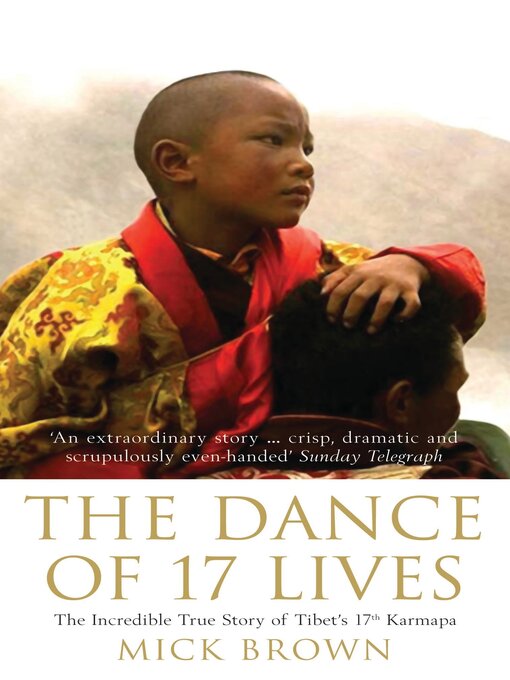An escape that for drama and daring makes most Hollywood fare pale by comparison...[Brown's] neutral journalistic tone is useful for reporting so much that seems incredible.-Washington Post The 17th Karmapa, one of the holiest figures in Tibetan Buddhism, arrived in Dharmsala as a 14-year-old boy in 2000, after an extraordinary escape across the Himalayas. Fascinated by this charismatic young figure, Mick Brown traveled to meet him, and found himself drawn into the labyrinthine web of intrigue surrounding the 17th Karmapa's recognition and early life. Mick Brown is the author of four previous books and has written extensively about music, movies, and religion. Born in London, he is a freelance journalist and broadcaster. "Intelligent and well-written...superbly accessible...Far from being a mere report on the 17th Karmapa and his exodus, this is an excellent history of modern Tibetan Buddhism on a broad scale."-Publishers Weekly (starred review) "Tangled rumors, rivalries among lamas, a secret letter, gnarled court cases, and violence all feature in this complex and startling tale...Brown's informative and frank portrait of the courageous young lama conveys the power of Tibetan Buddhism and the blight of 'theological politics.'"-Booklist The incredible true story of Tibet's 17th Karmapa
- Available now
- New eBook additions
- New kids additions
- New teen additions
- Most popular
- Try something different
- Local History
- Project Gutenberg
- See all ebooks collections
- New audiobook additions
- Available now
- New kids additions
- New teen additions
- Most popular
- Try something different
- See all audiobooks collections



